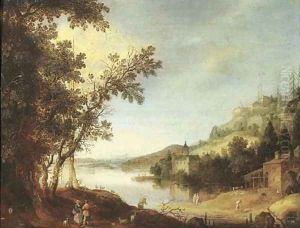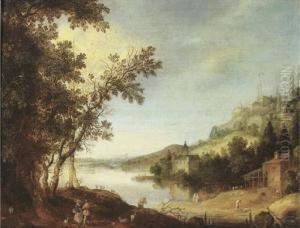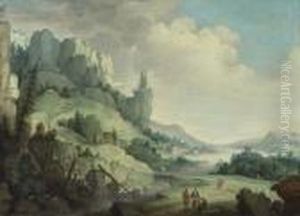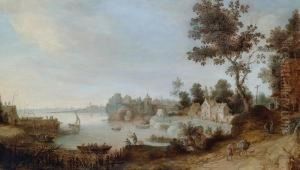Claes Dircksz. Van Der Heck Paintings
Claes Dircksz. van der Heck was a Dutch Golden Age painter whose life and career details are not well-documented. His exact birth date remains unknown, but he was active as a painter in the early 17th century. Van der Heck was primarily known for his religious and historical scenes, as well as for his portraits.
He was based in Alkmaar, a city in the province of North Holland, and he became a member of the local Guild of St. Luke, a common association for painters of the time. This membership suggests that he was a recognized and professional artist in his region.
Despite the scarcity of records, some of his works have been identified and give us insights into his style and subjects. Van der Heck's paintings are characteristic of the Dutch Golden Age, a period noted for its wealth of artistic talent and proliferation of genre painting, portraiture, and landscapes.
He may have been related to other artists with the surname 'Van der Heck,' which was not uncommon in the art communities of the Netherlands during that era. However, due to the limited information, it is challenging to map out his familial connections or to determine his influence on or by other artists of his time.
Van der Heck's death is believed to have occurred around 1649, based on the last known records of his activity. While he may not be as well-known as some of his contemporaries, Claes Dircksz. van der Heck remains a part of the rich tapestry of Dutch Golden Age painters, contributing to the era's artistic legacy. His surviving works are valuable for understanding the breadth and diversity of art during this prolific period in Dutch history.








